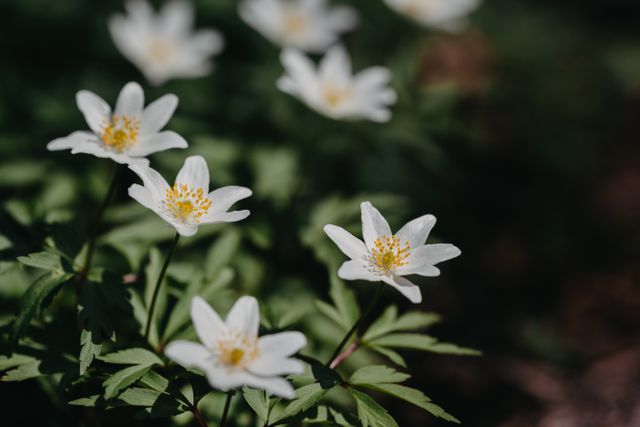At one time the Duits Lijntje used to be part of the fastest connection between London, Berlin and St. Petersburg. It was the time that passenger planes did not yet exist. Millions of passengers travelled along this railway embankment. Diplomats, kings, emperors and Tsars often used this railway track around 1900.
Imperial train with goats
Dignitaries travelled in luxurious carriages on the railway track. Emperor Wilhelm II, who loved travelling a lot, even had his own imperial train: with a saloon carriage, a carriage for his retinue, a luggage carriage and a restaurant carriage with kitchen. And an extra carriage with goats. This way the German emperor and his retinue were never short of fresh goats’ milk. Train passengers disappeared in course of time. Except for the goats. They can still be found in the nature garden here.
Nature garden
Nature garden ‘t Bundertje is situated next to the railway embankment. A special place for the neighbourhood residents and visitors. And the home of friendly goats. One of the goats has a very appropriate name, Trijntje, which means “little train”. Do you think these goats have an imperial appearance? Anyway, they are the children’s favourites. The nature garden is public and always accessible. Walk over the cudgel bridge across the pond to the animal shelter. The Meierij hen also grubs around here. Striking detail: this pitch black chicken lays green eggs. Also experience the bare-foot path and enjoy yourself on the long-jump track. Inviting picknick seats can be found on the terrace. You can pick fresh mint for your tea from the herbal garden. With a bit of luck the door of the nature centre is open and the coffee is ready.
Railway embankment
Although there are no more trains running on this railway embankment, it’s still a busy route. Nowadays the Duits Lijntje is an ecological connection zone for plants and animals. They also find their way on the railway embankment. On the sunny side butterflies fly to inviting food plants like hemp-weed and cuckoo-flower. With their echo bats can orientate on the row of trees. Solitary bees and wasps fly on and off between the railway yard and the railway embankment. Pedestrians also follow their path here, on the track of the Duits Lijntje.
-

-

-
Go to other translations
Do you want to read more about the Duits Lijntje? Go (back) to the translations of the other locations on the railway track in Meierijstad.
Go to other translations
